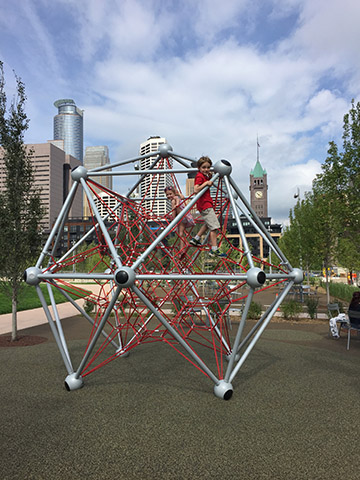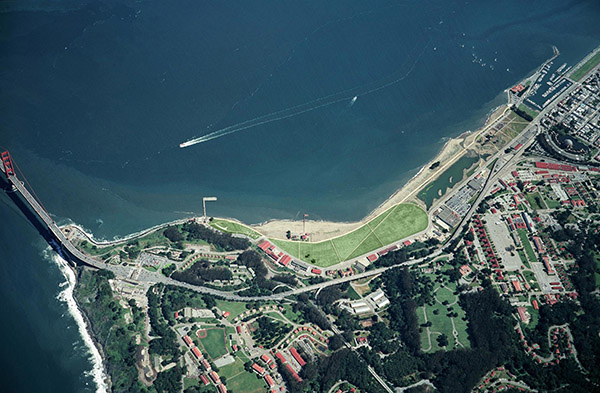LEARNING FROM LANDSCAPE ARCHITECTS:
PUBLIC REALM DESIGN
AIA Minnesota Convention 2015
Minneapolis, November 8, 2016
Architects are increasingly required to participate in, if not design
and lead, stakeholder engagement processes for public, private,
and public-private projects. Landscape architects responsible for
designing large public-private urban spaces know that a well-
conceived, robust, and genuine stakeholder engagement process
will not only improve the quality of their designs, but can also be
the difference between a completed project and one that never gets
off the boards. Soliciting and thoughtfully integrating feedback from
the many and varied competing and conflicting interests surrounding a project
is critical to attracting community and political support as well as public and private funds.
This program was based on a panel discussion with Landscape Architects who have successfully designed prominent public realm projects in Minneapolis, followed by audience Q&A. The speakers included:
• Mary Margaret Jones, FASLA, FAAR, Senior Principal and President of Hargreaves Associates and designer of
the Downtown East Commons
• Megan Born, ASLA, Lecturer, University of Pennsylvania School of Design, Former Associate, James Corner
Field Operations, and project manager for the redesign of Nicollet Mall
• Jean Garbarini, ASLA, PLA, Senior Associate, Damon Farber Landscape Architects, and project manager for
the Peavey Plaza Historic Structures Report (with Miller Dunwiddie Architects)
• Peter Hendee Brown, AIA, AICP, Ph.D., Owner’s Representative to the City of Minneapolis for the Downtown
East Commons, Nicollet Mall, and Peavey Plaza projects, and program moderator.
Audience members learned about how to plan and implement a stakeholder engagement process that will lead to a coherent vision and attract broad community and political support, approvals, and funding. Specifically, audience members learned how to do the following:
• Identify and diagram the five integral elements of a successful public realm project
• List all of the types of stakeholders who have interests in a public realm project
• List the most effective strategies, methods, and tools for collecting stakeholder feedback
• Use stakeholder feedback to develop and test concepts and improve design quality

